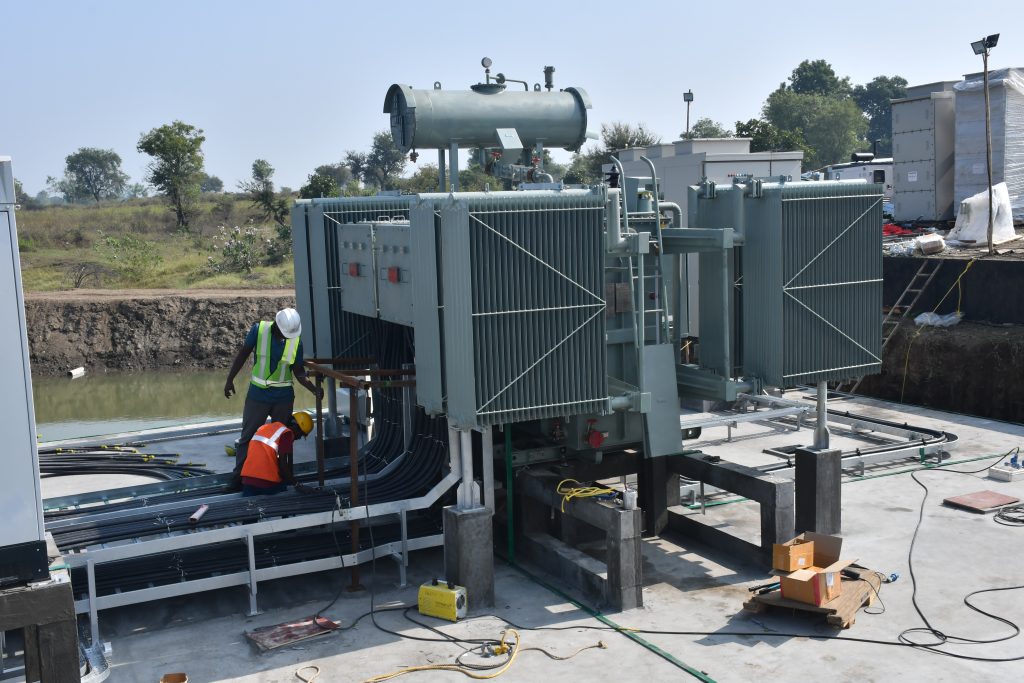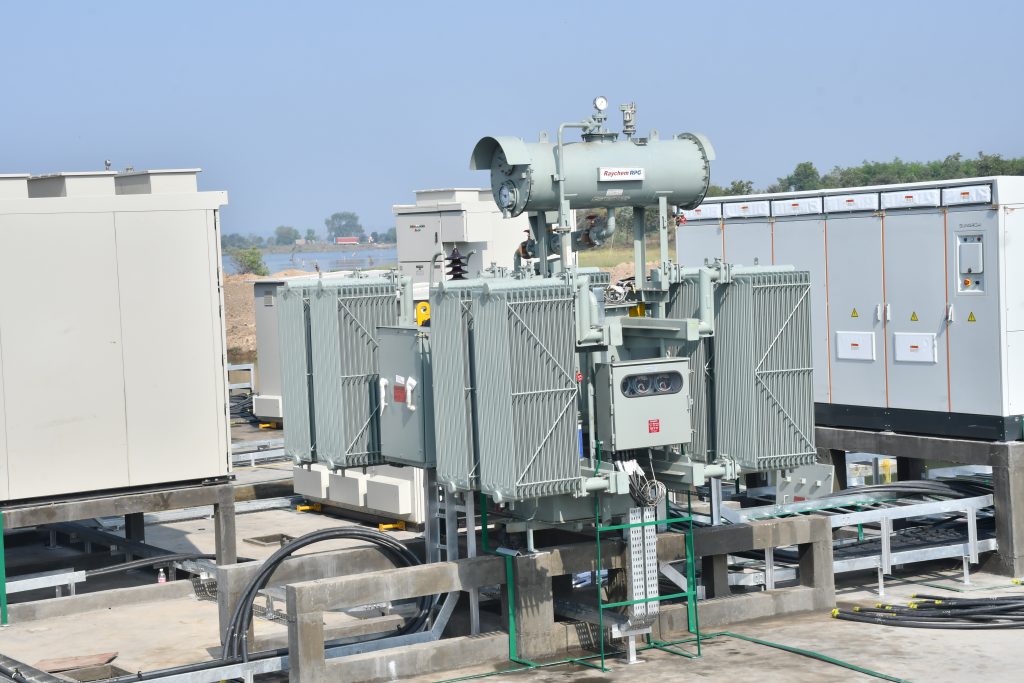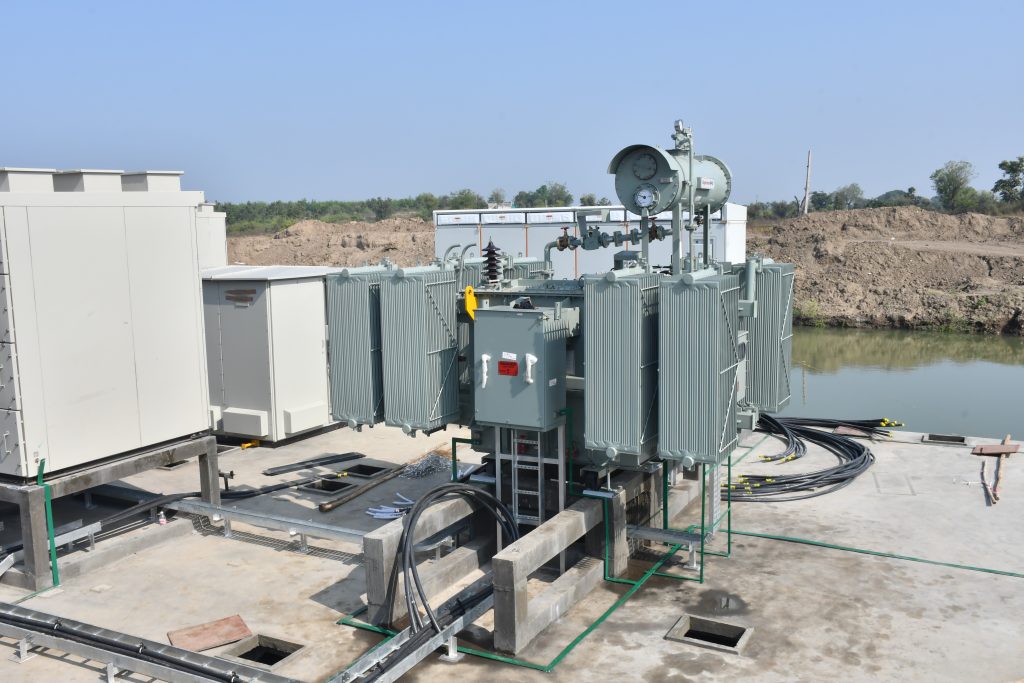Overview
Ferrocement , a versatile composite of cement mortar and dense wire/steel mesh reinforcement, yields strong, durable, and cost-effective structures. At Floatex Solar, we leverage ferrocement's exceptional qualities to engineer robust platforms for mounting electrical equipment in solar power plants. These corrosion-resistant platforms withstand harsh environments, ensuring system stability and reliability even in adverse weather. Their versatility enables tailored designs to meet project-specific requirements, optimizing performance and longevity of solar installations.

Ferrocement
FerrocementFerrocement for floating solar panels involves constructing buoyant platforms using durable cement mortar and reinforcement, providing stability and support for solar panel arrays on water bodies. Engineered for buoyancy and resistance to water, these platforms offer a cost-effective and versatile solution for harnessing solar energy. Customizable to various configurations, they integrate seamlessly with anchoring systems and electrical components. With environmental benefits such as reduced land use and minimal ecosystem disruption, ferrocement floating solar panels present a sustainable alternative for renewable energy generation in diverse aquatic environments.
Ferrocement is an advanced construction material that combines cement and a fine mesh of reinforcement, typically wire mesh or steel bars, to create a strong and durable composite.
At Floatex Solar, we have harnessed the exceptional qualities of Ferrocement to design and manufacture robust platforms for mounting electrical equipment in solar power plants.
Our Ferrocement Platforms are engineered to provide exceptional strength and resistance, making them ideal for with standing the challenges posed by harsh environmental conditions.
The use of Ferrocement in solar power plants ensures that the system remains stable and reliable, even in adverse weather conditions.
Its versatility allows us to design platforms tailored to the specific requirements of each solar project, ensuring optimal performance.
Benefits
Benefits of ferrocementFerrocement enables buoyant, corrosion-resistant, lightweight, and flexible mounting structures for electrical equipment in floating solar power plants, fostering sustainability and efficiency in renewable energy infrastructure.
Ferrocement structures can be designed to provide sufficient buoyancy to support the weight of solar panels and associated equipment. The buoyant properties of ferro-cement make it suitable for floating applications.
Ferrocement structures are known for their durability and resistance to corrosion, making them suitable for prolonged exposure to water. This durability ensures that the floating solar panels can withstand harsh environmental conditions.
Ferrocement structures can be easily molded into various shapes and sizes, allowing for customized designs to suit different solar panel configurations and floating requirements.
Ferrocement is relatively inexpensive compared to other materials like steel or aluminum. This cost-effectiveness can make floating solar panel installations more economically viable.
Cement production does have environmental impacts, but ferrocement structures can be designed to minimize the use of cement while still providing the necessary strength and durability.
Ferrocement structures can be constructed using relatively simple techniques and readily available materials, making them suitable for various locations and conditions.
The integration of solar panels with ferrocement structures involves several steps to ensure proper installation and functionality. Here's a generalized procedure for integrating solar panels onto ferrocement structures:
– Determine the dimensions and layout of the ferrocement structure to accommodate the solar panels.
– Calculate the load-bearing capacity of the ferrocement structure to support the weight of the solar panels and associated equipment.
– Plan the orientation of the solar panels to optimize sunlight exposure and energy generation.
– Prepare the surface of the ferrocement structure by cleaning and smoothing it to ensure proper adhesion of mounting equipment.
– Apply a suitable waterproof coating or sealant to protect the ferrocement surface from water infiltration and corrosion.
– Install mounting brackets or frames onto the ferrocement structure according to the predetermined layout.
– Ensure that the mounting equipment is securely attached to the ferrocement surface to withstand environmental forces.
– Lay out the electrical wiring pathways on the ferrocement structure to connect the solar panels to the electrical system.
– Install junction boxes or conduits to protect the wiring and facilitate connections between the solar panels.
– Carefully position the solar panels onto the mounting equipment, ensuring proper alignment and spacing between panels.
– Securely fasten the solar panels to the mounting brackets or frames using appropriate hardware to prevent movement or displacement.
– Connect the electrical wiring from the solar panels to the junction boxes or conduits, following manufacturer specifications and safety standards.
– Conduct electrical testing to verify the functionality and efficiency of the solar panel system, including voltage, current, and power output.
– Apply sealants or waterproof coatings around the mounting points and electrical connections to prevent water ingress and corrosion.
– Inspect the entire installation for any gaps or vulnerabilities and address them accordingly to ensure long-term durability.
– Conduct a final inspection of the integrated solar panel system to ensure compliance with design specifications and regulatory requirements.
– Commission the solar panel system by activating it and monitoring its performance over time to identify any issues or optimizations needed.


Features
Since 2019Since our inception in 2019, we have always aimed to be at the top of harnessing the energy of the sun for a better future. At Floatex, we differentiate ourselves through our unwavering commitment to quality, innovation, and customer satisfaction.
We have more than three decades of experience in plastics molding
Certified products vetted by renowned laboratories and third-party design experts.
Resilient performance across challenging terrains, weather, water levels, and soil.
Inhouse Anchoring Design & expertise executed many complex projects
Proven solution with installed capacity of 650 MWP+
